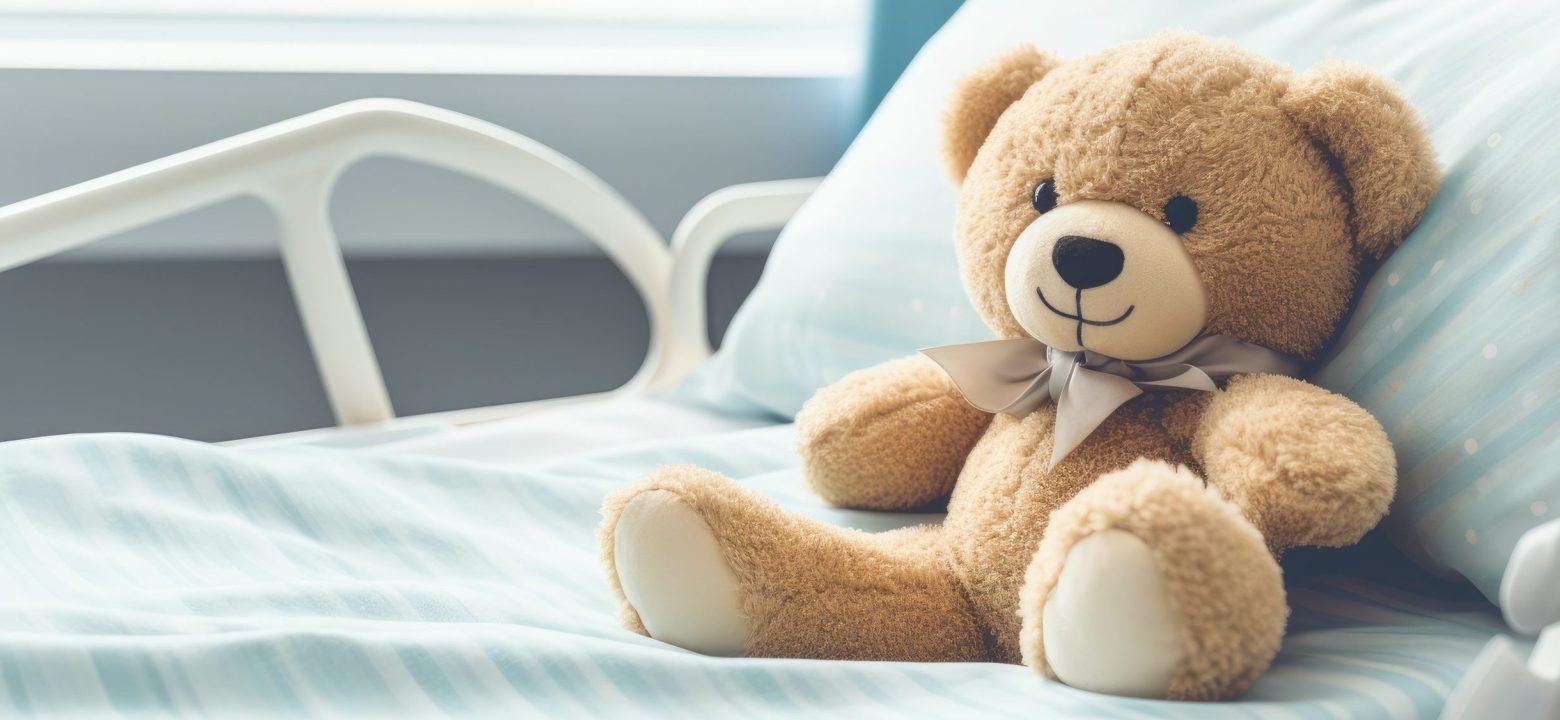Spleen injuries

The spleen is the second most frequently injured abdominal organ in children. This is because it is not protected by the rib cage. The spleen is located in the left upper side of the abdomen, just under the rib cage. The spleen is an important part of the body’s defence against certain bacteria and infection. It also filters blood and removes old blood cells and other debris.
Spleen injuries are graded according to the depth of the contusion or the laceration, from grade I (minor) to grade IV (shattering of the spleen).
Common causes
Spleen injuries happen when there is a blunt injury to the abdomen. Most blunt injuries are due to:
- Fall from a height
- Motor vehicle collision
- Sports
Common signs and symptoms
A child with an injured spleen may have some or all of the following signs and symptoms:
- Pain in the upper left side of the abdomen
- Pain in the left shoulder caused by blood irritating the diaphragm
- Broken ribs on the left side
- Pale, sweaty skin
- Rapid pulse
- Light-headedness
Treatment for a spleen injury
- Children with a spleen injury will be admitted to the hospital so that they can be watched closely. Those who are unstable are usually hospitalized in the Intensive Care Unit. Emergency operation may be required in rare instances.
- Bed rest in the hospital until severe symptoms have disappeared
- Several physical exams and blood tests are done to determine your child’s condition
- Intravenous fluids
- Blood transfusions if needed
- An abdominal ultrasound and/or CT scan to be able to see the condition of your child’s spleen
If your child’s condition becomes unstable while in hospital, one of two operations may be performed
- Splenorrhaphy: repair of the spleen
- Splenectomy: removal of the spleen
Complications following a spleen injury
Most children with a spleen injury are successfully treated without an operation. If the spleen is however removed, your child will need antibiotics and immunization against common bacteria.
After your child is discharged from the hospital
What happens once your child is discharged from the hospital following a spleen injury?
- Your child will be scheduled for a follow-up evaluation by the surgeon
- One week of bed rest at home
- Return to “normal” activities, not including contact sports, after several weeks depending on the severity of the injury.
- No contact sports for 3 months
If your child had his/her spleen removed
- They will need prophylactic vaccines and antibiotics
- They should wear a MedicAlert bracelet and carry the card
- You should seek medical attention right away if your child has any signs of infection, even minor (including fever)
What to do to prevent a spleen injury?
You can help prevent a spleen injury by avoiding trauma to the abdomen. To do this, you should:
- Always use the proper car seat, seat belt and shoulder harness when your child is riding in a car.
- Make sure your child wears proper safety gear at all times when playing sports.
